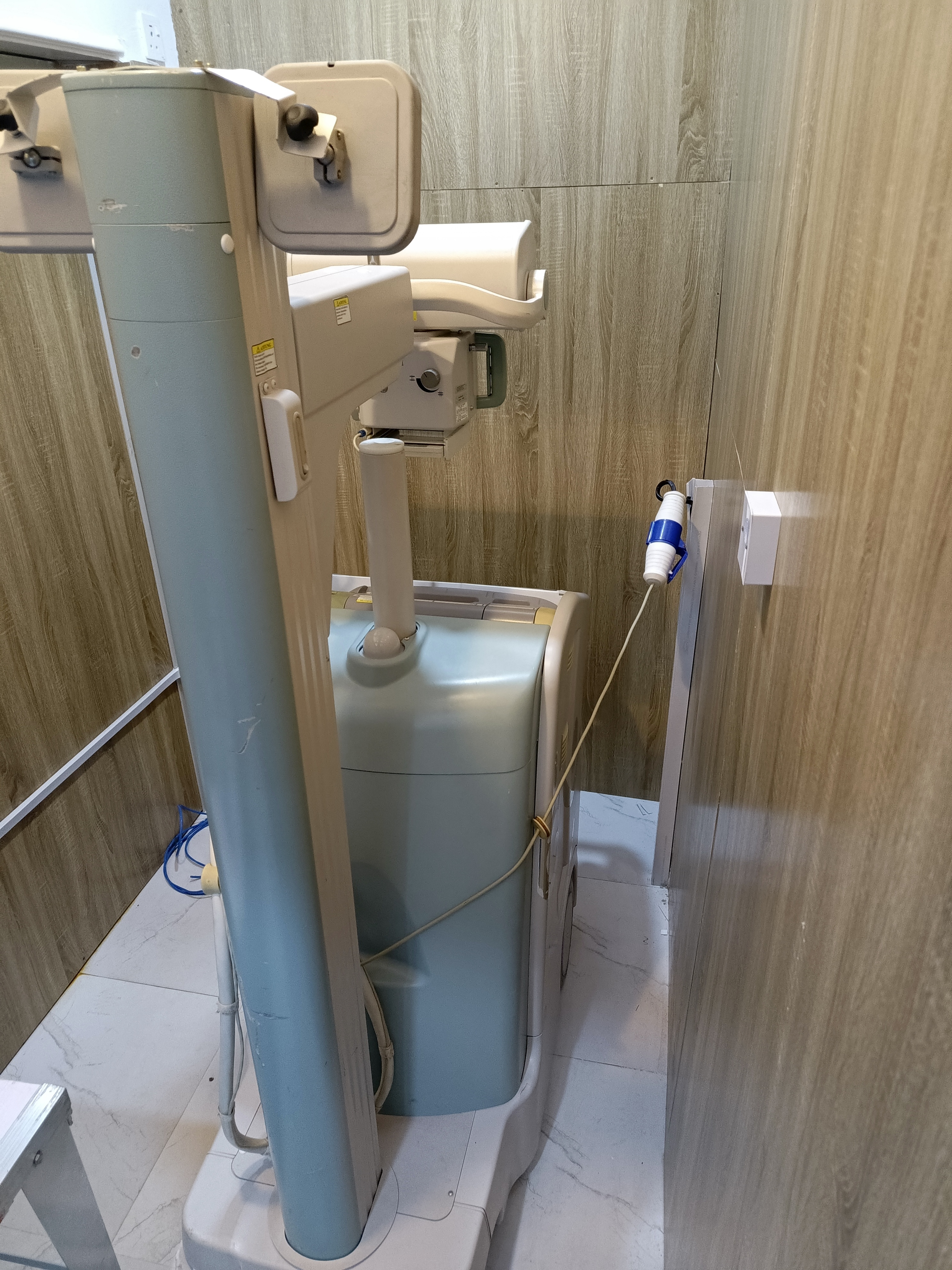-
-
5Ob, Alafe Junction, Along Idanre Road, Oke Aro Street,
Akure, Ondo State, Nigeria

Digital X-ray, also known as digital radiography (DR), is an advanced form of X-ray imaging where digital sensors are used instead of traditional photographic film. This allows for faster image acquisition, better image quality, and the ability to manipulate the images for better diagnosis. Digital X-ray has become the standard in medical imaging due to its efficiency, reduced radiation exposure, and the ability to store and share images electronically.
Digital X-ray technology has transformed medical imaging by providing faster, safer, and more detailed images for diagnosis. With its many advantages, including lower radiation exposure, improved image quality, and the ability to store and share images electronically, it has become the preferred method of X-ray imaging in most healthcare settings. Advances in digital radiography continue to improve patient care, making it an indispensable tool for modern medicine.
Digital X-ray utilizes X-rays (a form of electromagnetic radiation) to capture images of the body’s internal structures. These X-rays pass through the body and are absorbed at different rates by different tissues. Dense materials like bones absorb more X-rays, while softer tissues, such as muscles and organs, allow more X-rays to pass through. The X-ray detectors capture this varying absorption and convert it into digital data, which is then processed to form an image.